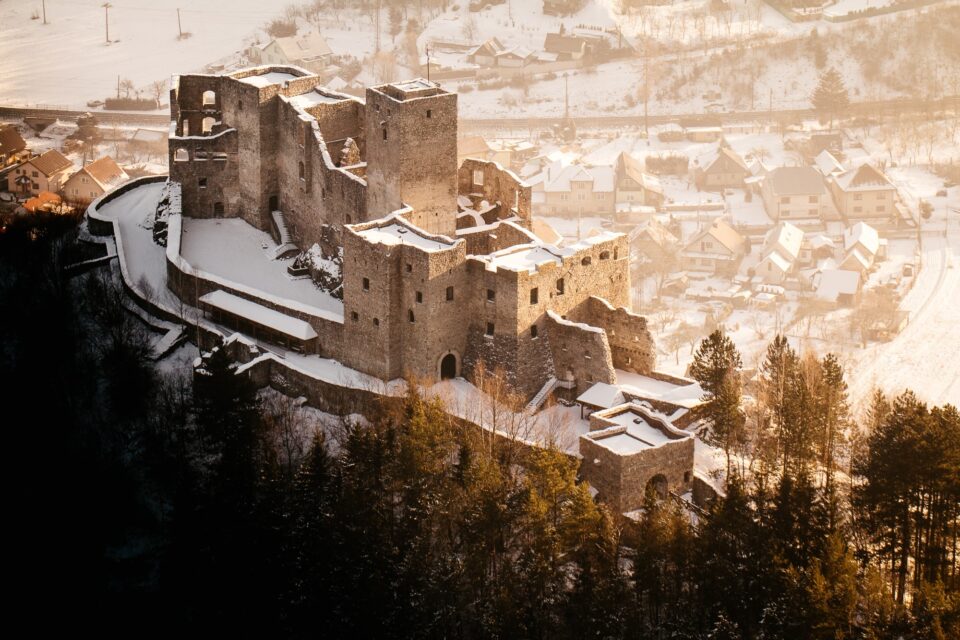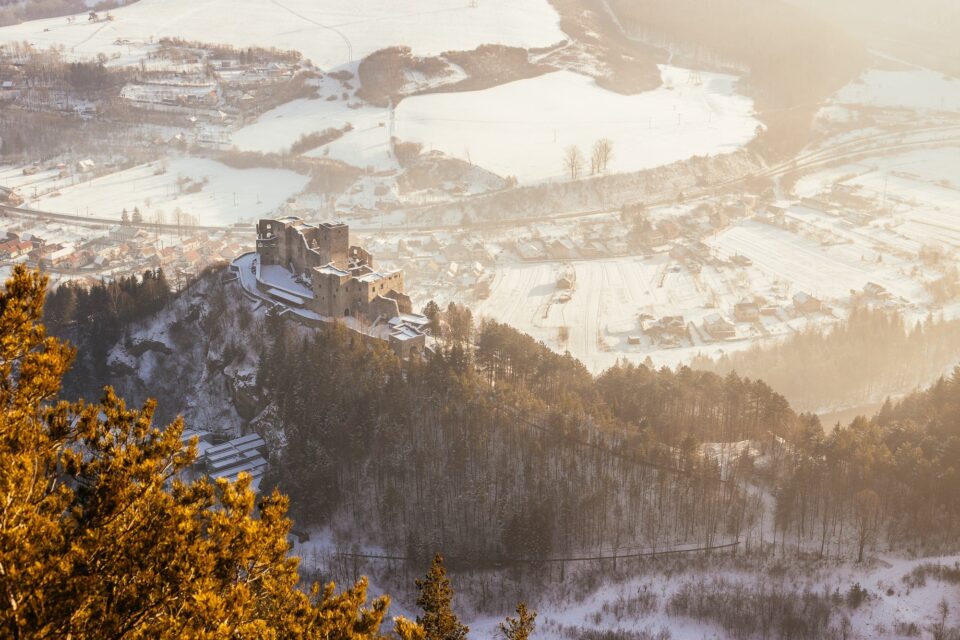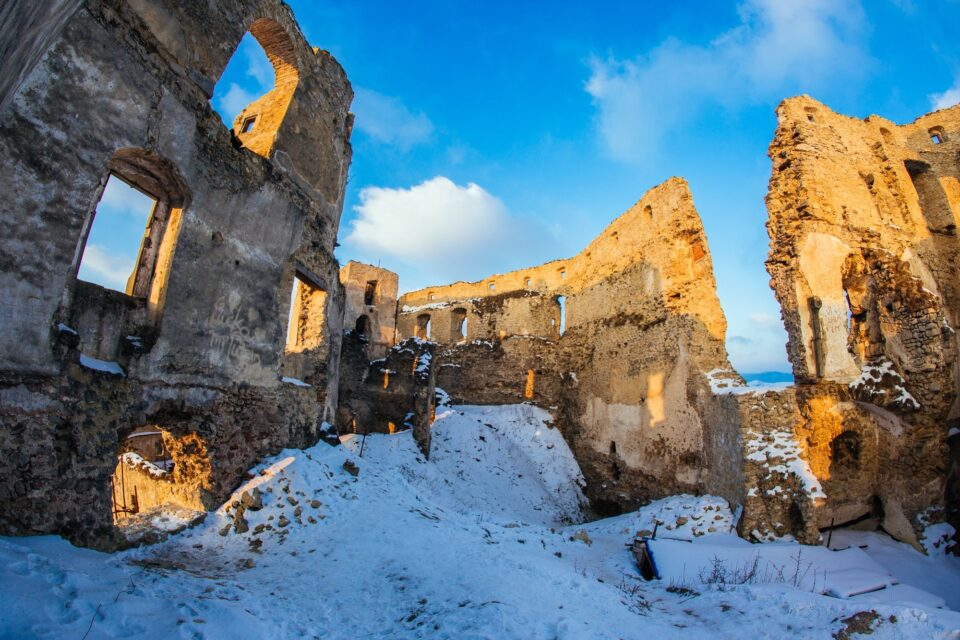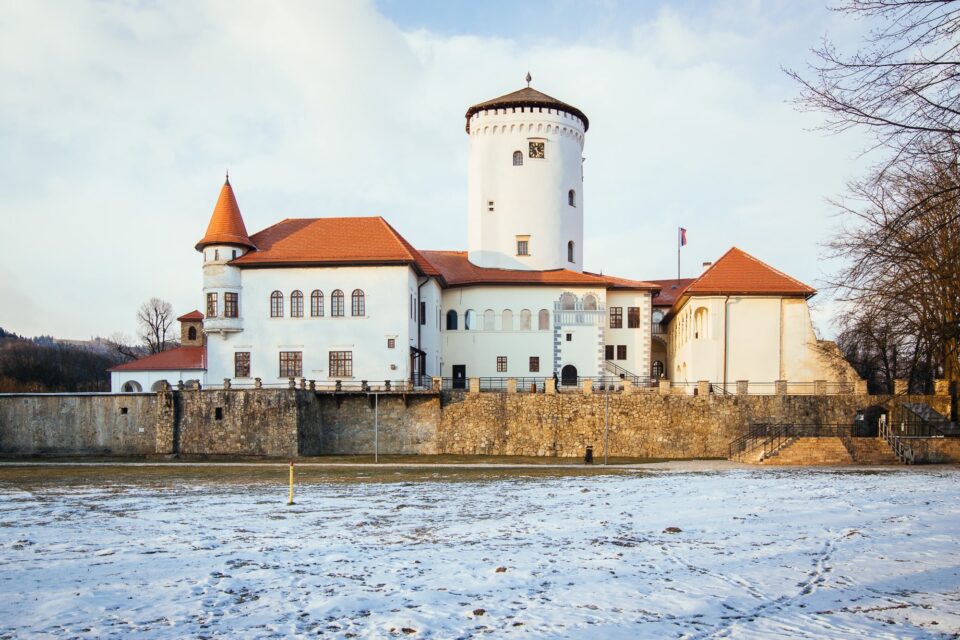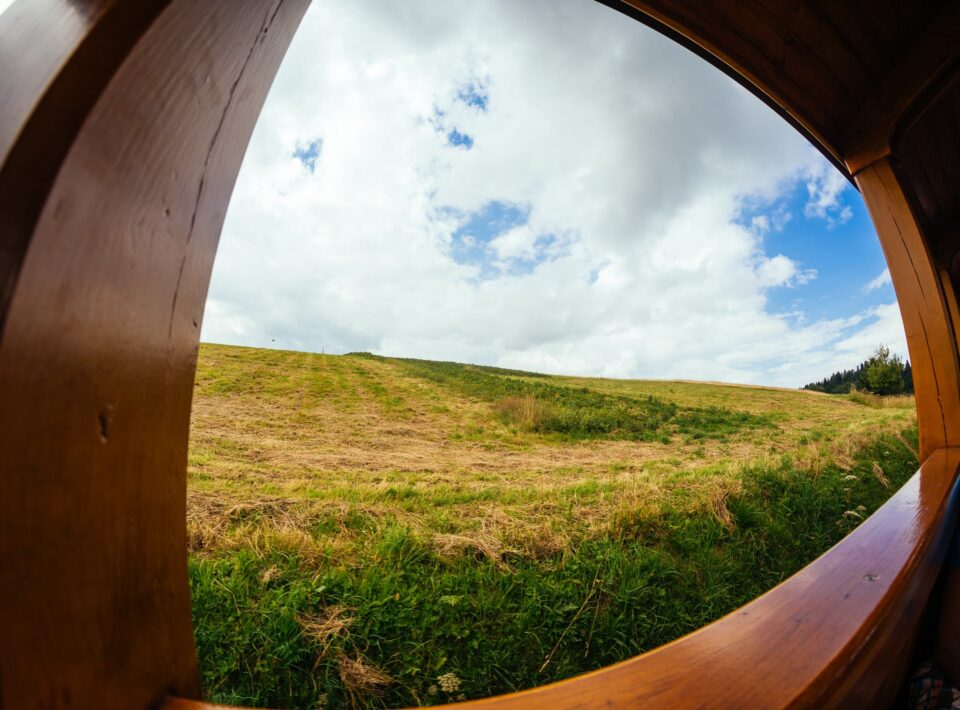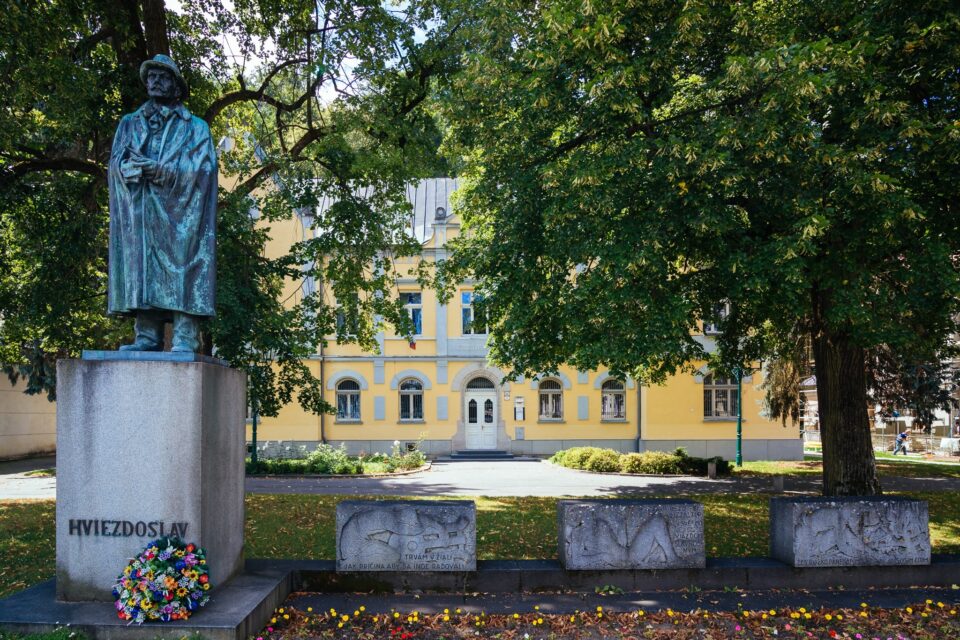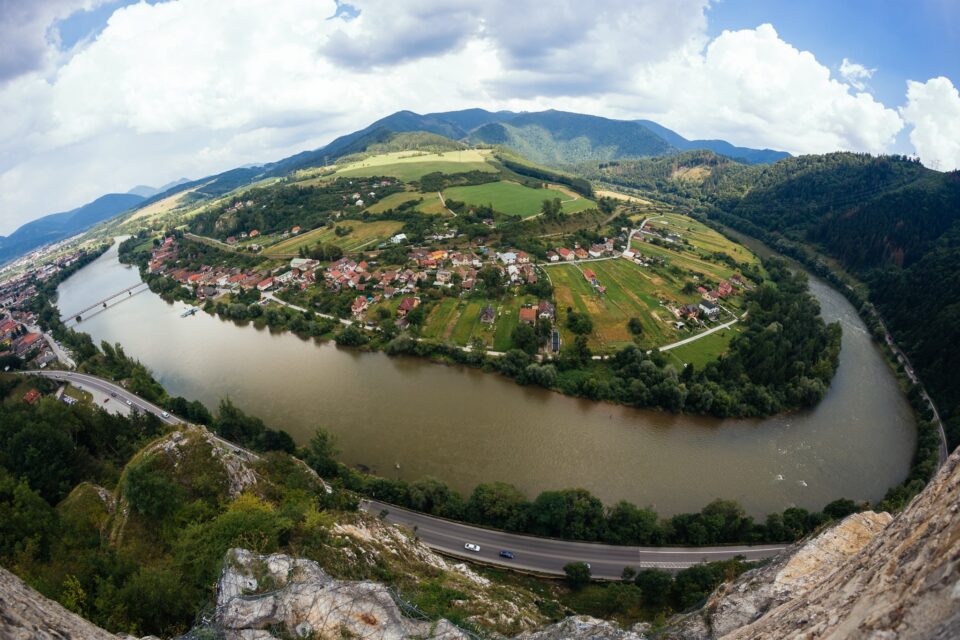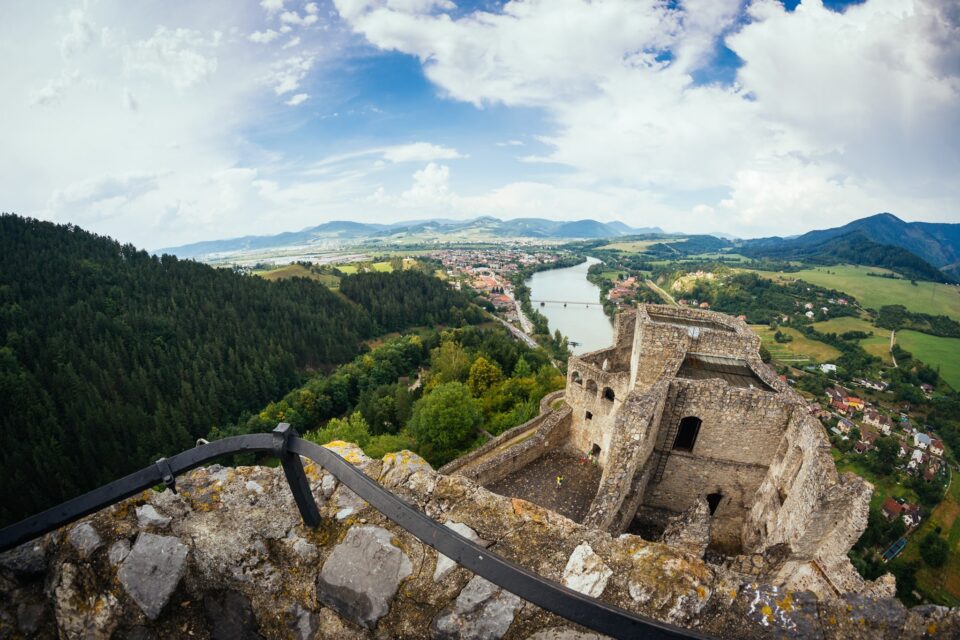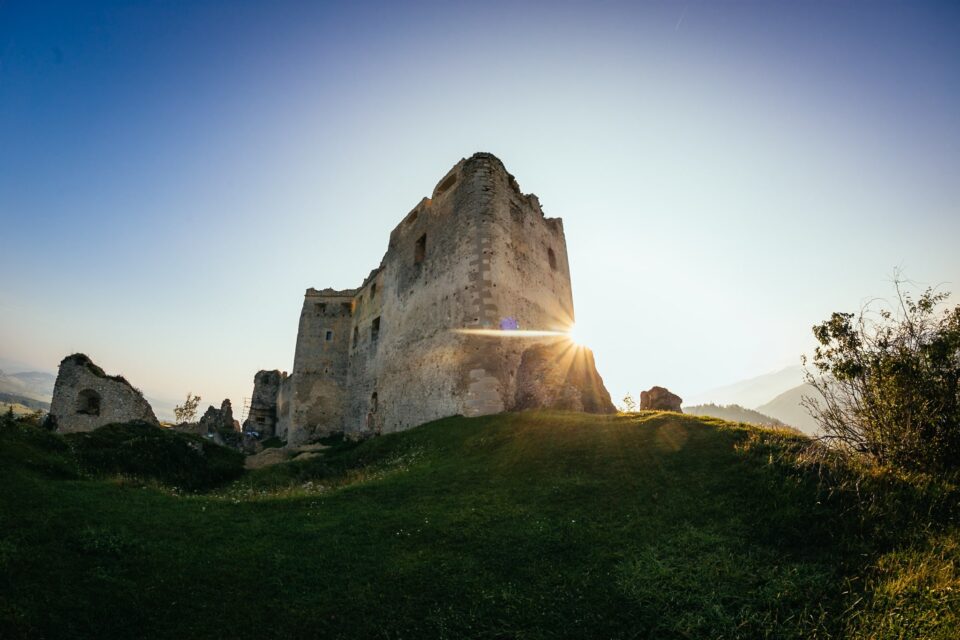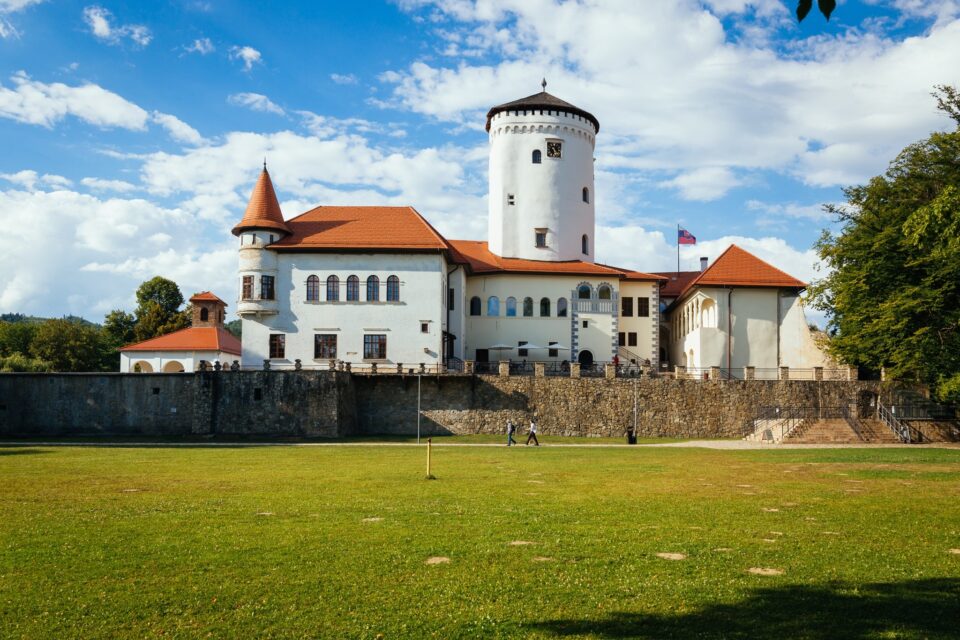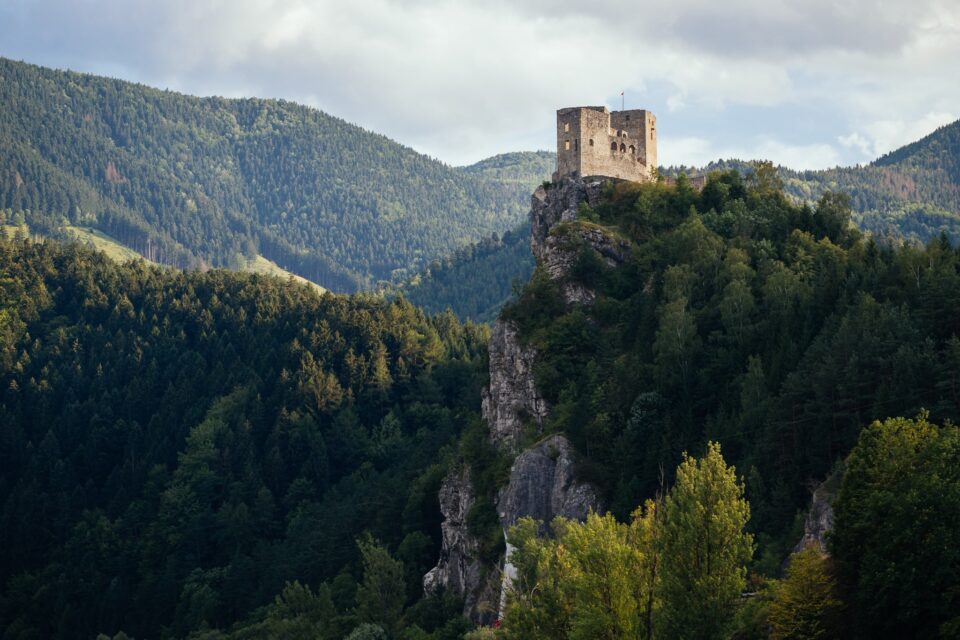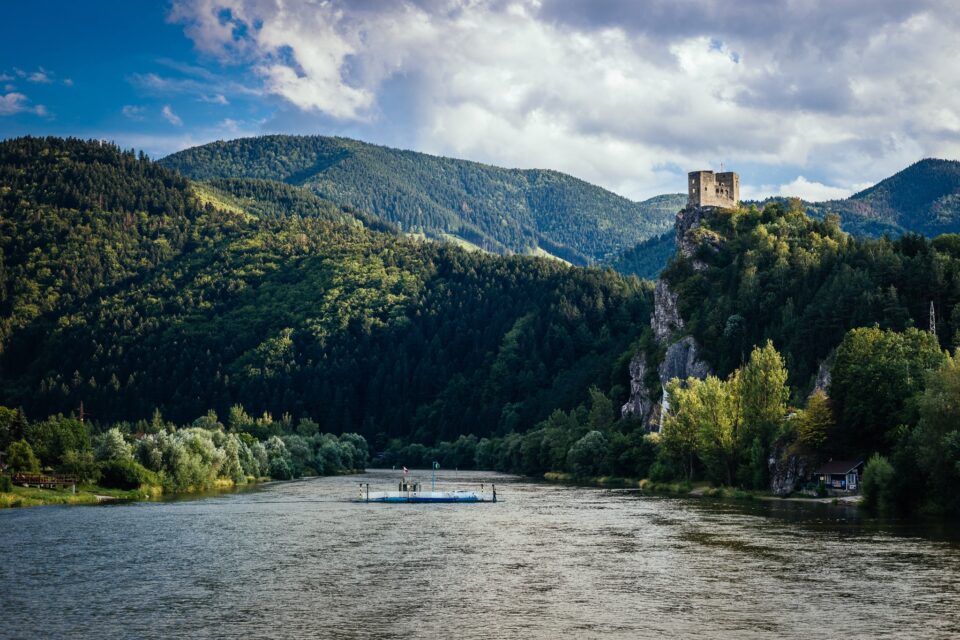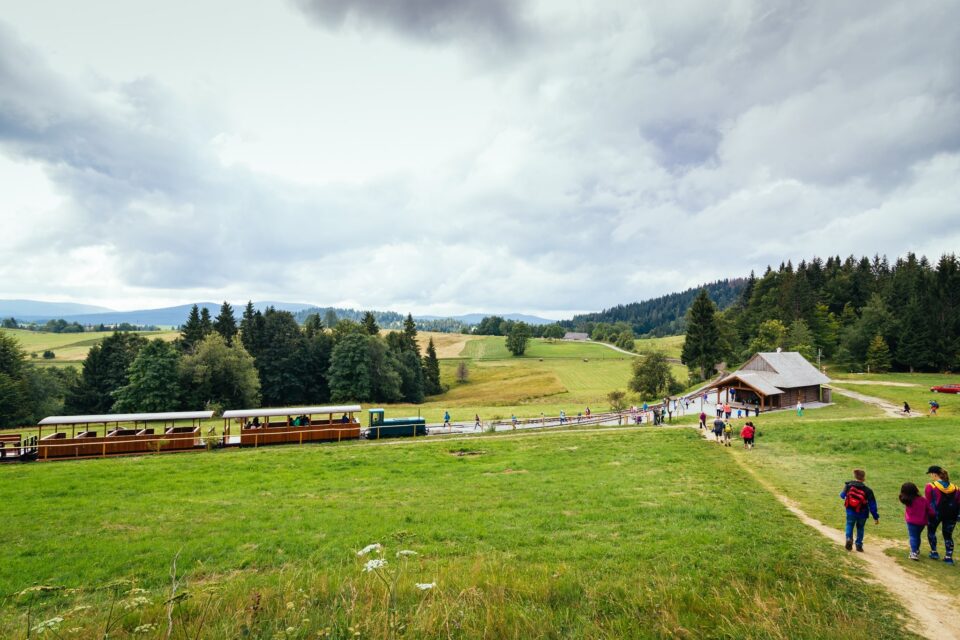Silesian Voivodship
Headquarters address: 46 Ligonia Street,40-037 Katowice, Republic of Poland
Website: www.slaskie.pl
The Silesian Voivodeship is one of the most interesting regions of Central Europe. It is a place where the beauty of nature and the element of big cities mix in perfect proportions, where history, values, traditions and human fates intertwine in harmony.
Diversity examples can be found on every turn. The Silesian and Zywiec Beskids in the southern part of the voivodeship are ideal places for hiking, cycling and winter sports. The north-eastern part of the voivodeship is the Kraków-Częstochowa Upland – a destination for cycling lovers, mountain climbing and Nordic walking, but also the Sanctuary of Our Lady of Częstochowa in Jasna Góra, which attracts crowds of pilgrims from all over the world every year.
The roots of the central part of the region go back to its industrial history, which was a major factor of change for decades. Industrial traditions have become strongly inscribed in the Silesian identity, which is recalled by quite unique monuments of former industry, creating an interesting tourist product – the Technological Monuments Route. This route includes, among others, the Historic Silver Mine in Tarnowskie Góry – a site added on the UNESCO World Heritage List in 2017 – and the Queen Luisa Adit in Zabrze, which was among the winners of the Europa Nostra Heritage Awards. The route is the most interesting industrial tourism route in Poland and one of the most exceptional in Europe.
Silesia is also home to plenty castles and palaces which once performed defensive and representative functions. There were approximately dozens of defensive castles built on the borderline in the Kraków-Częstochowa Upland, which are part of the “Trail of the Eagle’s Nests ”. A true pearl on a European scale is the magnificent palace and park complex of the Pszczyna Princes in Pszczyna, where is also located the Castle Museum.
Despite high urbanisation, Silesia is an exceptionally green region with eight landscape parks. At the heart of the agglomeration is Europe’s largest park – the Silesian Park. This green island in the middle of Poland’s largest metropolis is a place of recreation and leisure, but also of cultural, entertainment and sporting events in the legendary Silesian Stadium, now the National Athletics Stadium.
What constantly sets us apart is the positive energy. It is created by the people who live, work and relax here. It is because of them that our region is constantly changing for the better. We have one of the most vibrant economies in the country. We are proud of ourselves looking back on cultural events of international reputation and a rich tourist offer – from the Jurassic rocks to post-industrial attractions and the Beskid trails.
We have the greatest potential as a voivodeship in Poland for institutions and entities whose activities range from health to education to culture and sport.
Photo gallery
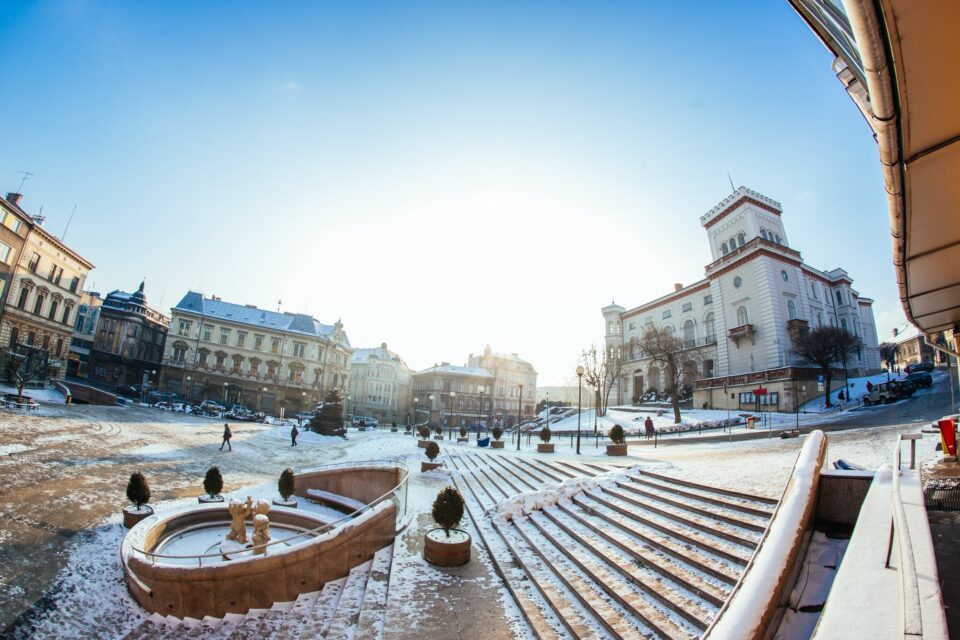

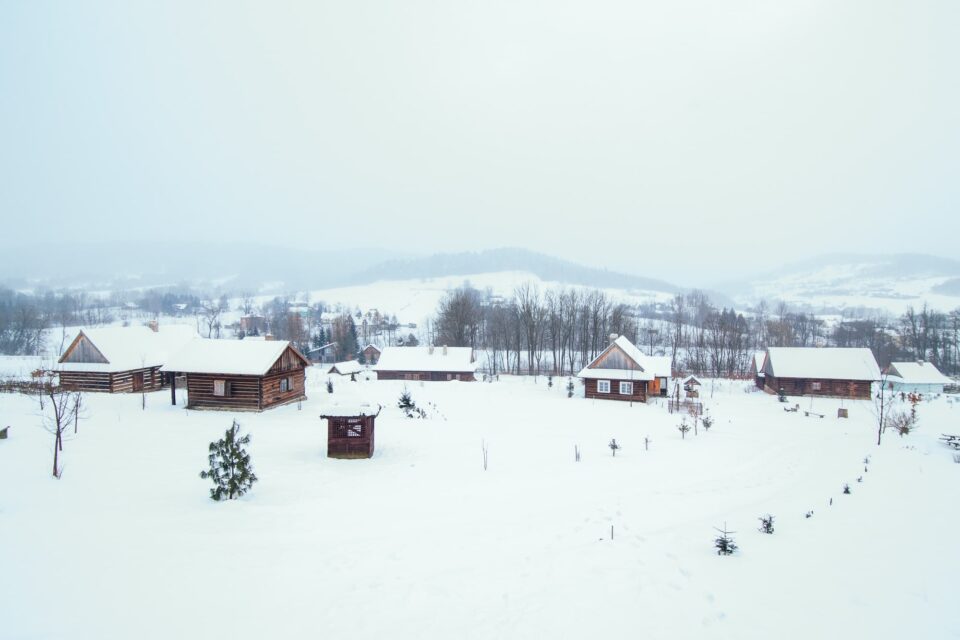
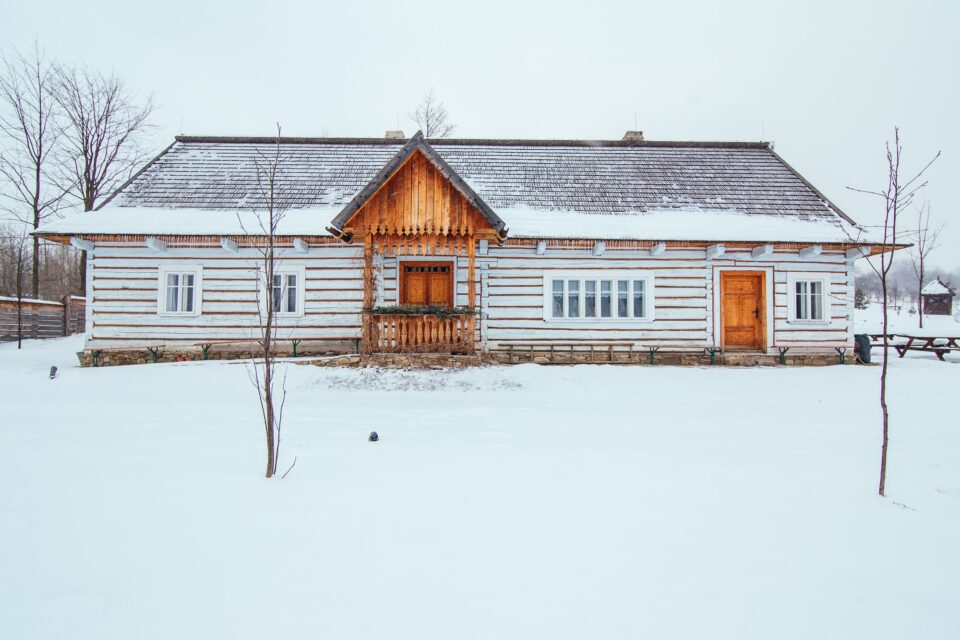


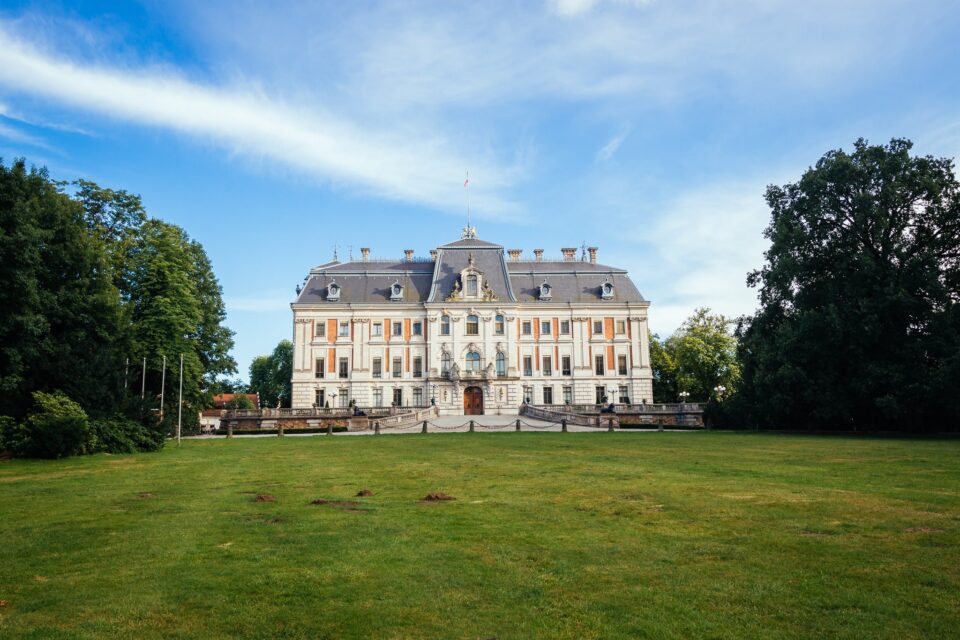
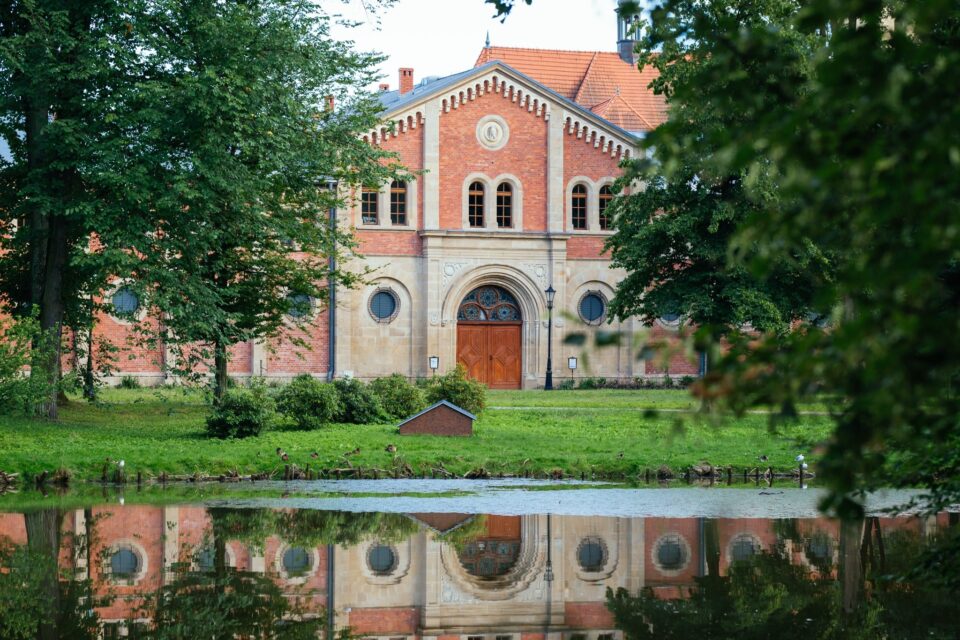
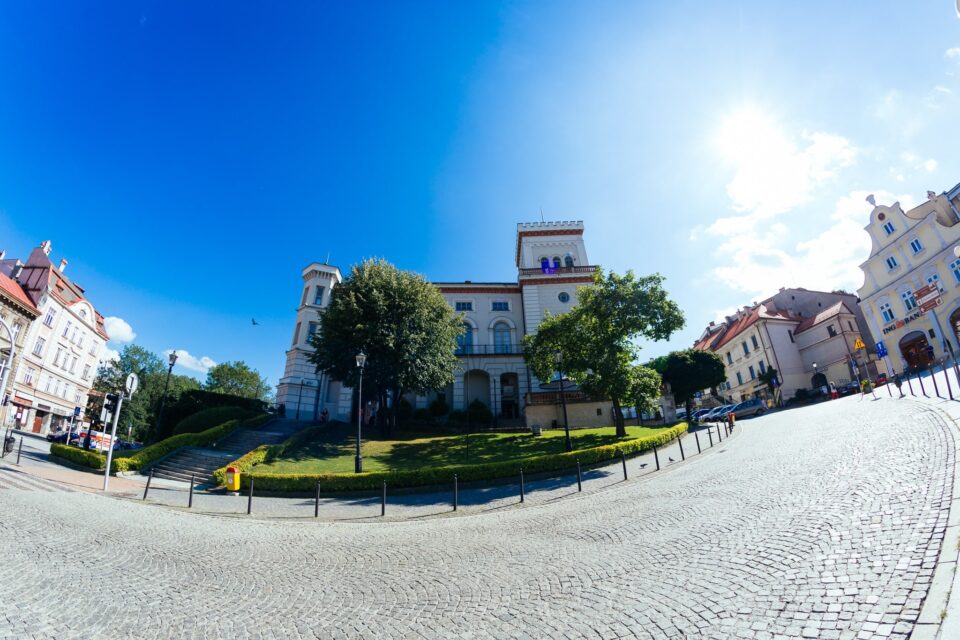

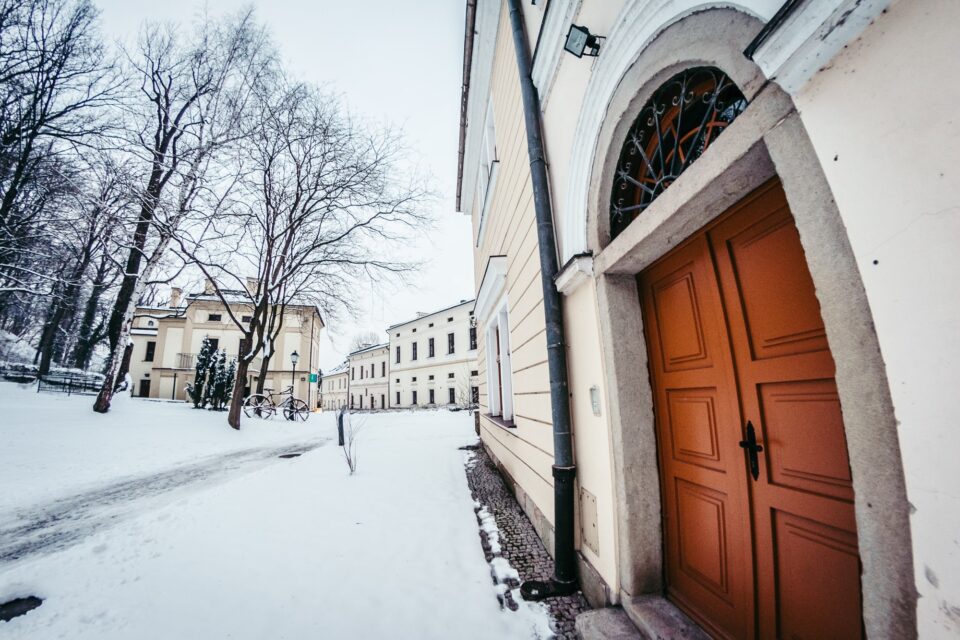

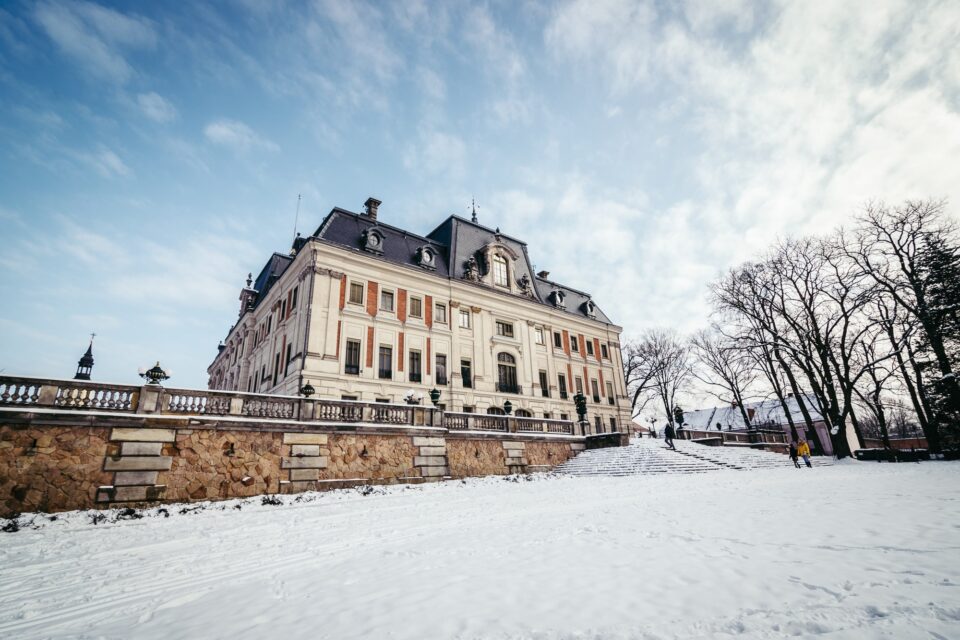
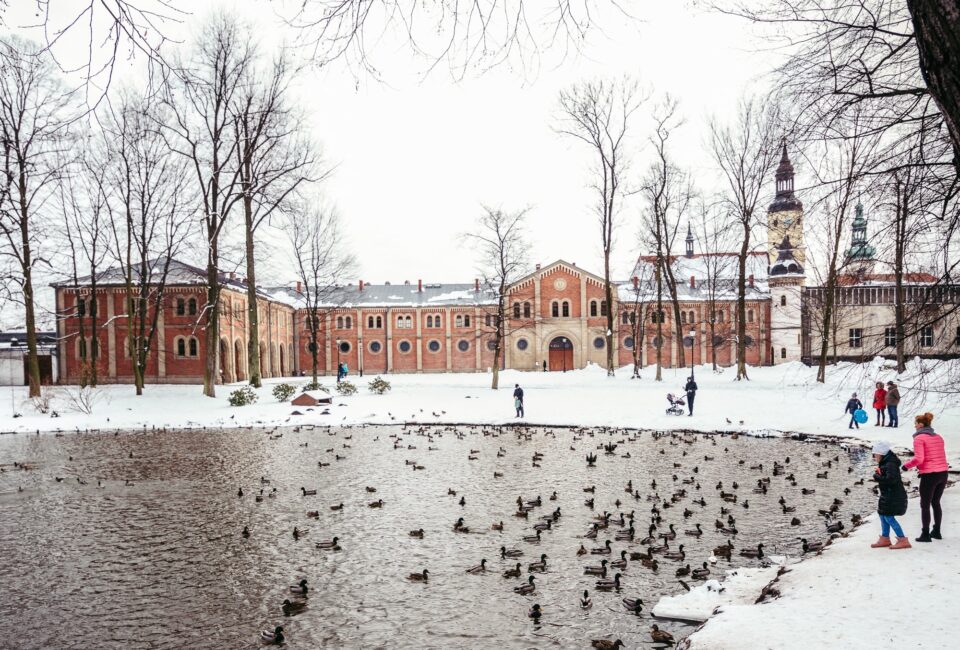

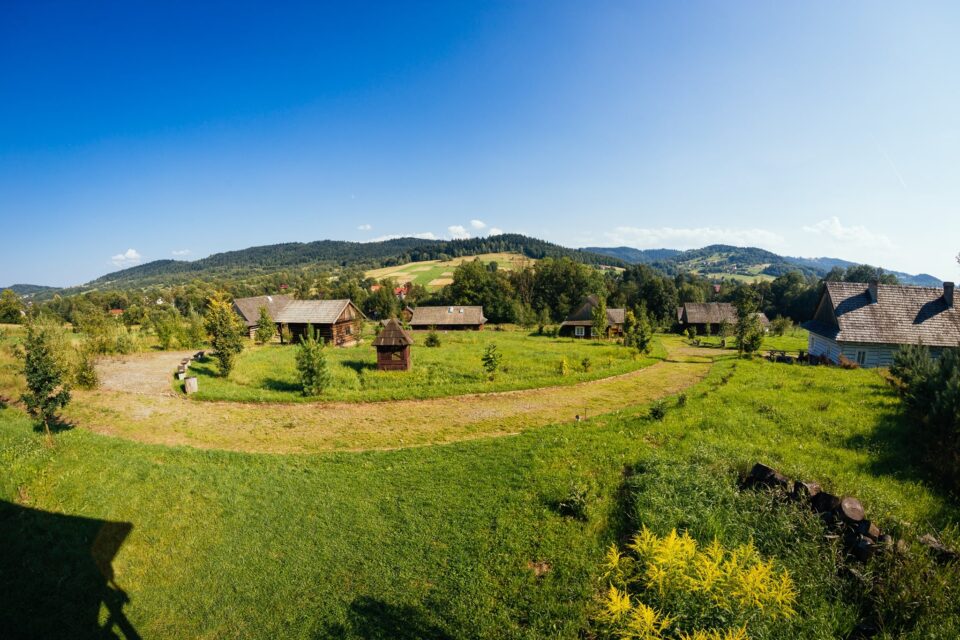
Useful links
Žilina Local Government
Headquarters address: 48 Komenského Street, 011 09 Žilina, Slovak Republic
Website: www.zilinskazupa.sk
The self-governing Žilina Region is located in the north-western part of Slovakia and is the third largest region in the Slovak Republic. It borders with the Czech Republic on the west and with Poland on the north.
The surface of the Žilina region is predominantly mountainous with a relatively high average altitude. The valleys along the Váh, Orava, Kysuc and Turiec rivers are up to 300 metres above sea level and are surrounded by mountains and hills: the Western Tatras, Low Tatras, Big Fatra, Little Fatra, Beskydy, Strážovské vrchy, Javorníky, Chočské vrchy, Kysucká vrchovina and many others. The highest peak is Bystrá in the Western Tatras (2248 m). Overall 4 areas in the region have been declared national parks – the High Tatras, the Low Tatras, the Veľká Fatra and the Malá Fatra. There are also 4 protected landscape areas, 62 national nature reserves, 39 nature monuments and 9 protected natural monuments.
The Žilina Region is a district with high investment potential. There is a good base for high-tech industries such as software engineering, information and communication technologies, electrical engineering and electronics. The services development has also accelerated in recent years – especially in finance, research and development, tourism, logistics and trade. The region has a long tradition of engineering production (railway equipment, bearings, construction machinery and tools), followed by the automotive industry. The region has various mineral-rich springs, many of which have medical benefits. That has contributed significantly to the development of the spa industry, wellness services and natural beverage production.
Nature and culture are the main treasures of the Žilina Region. Over a half of its area is protected. In addition to beautiful nature, the region currently boasts with 22 national cultural monuments, 1096 immovable and 1386 movable monuments, 1 urban protection zone, 3 protected reserves of folk architecture (the village of Vlkolínec is on the UNESCO World Heritage List) and 19 protected zones.
Thanks to its natural conditions, the region is an attractive summer and winter tourism destination. The rich offer of winter sports is complemented by numerous ski resorts, which offer not only high-quality cross-country trails and ski slopes, but also the most modern ski lifts and cable cars in the entire Slovakia. Those who prefer to relax on holiday or simply choose to do water sports can visit the numerous thermal baths, pools, lakes or dams.
Photo gallery
